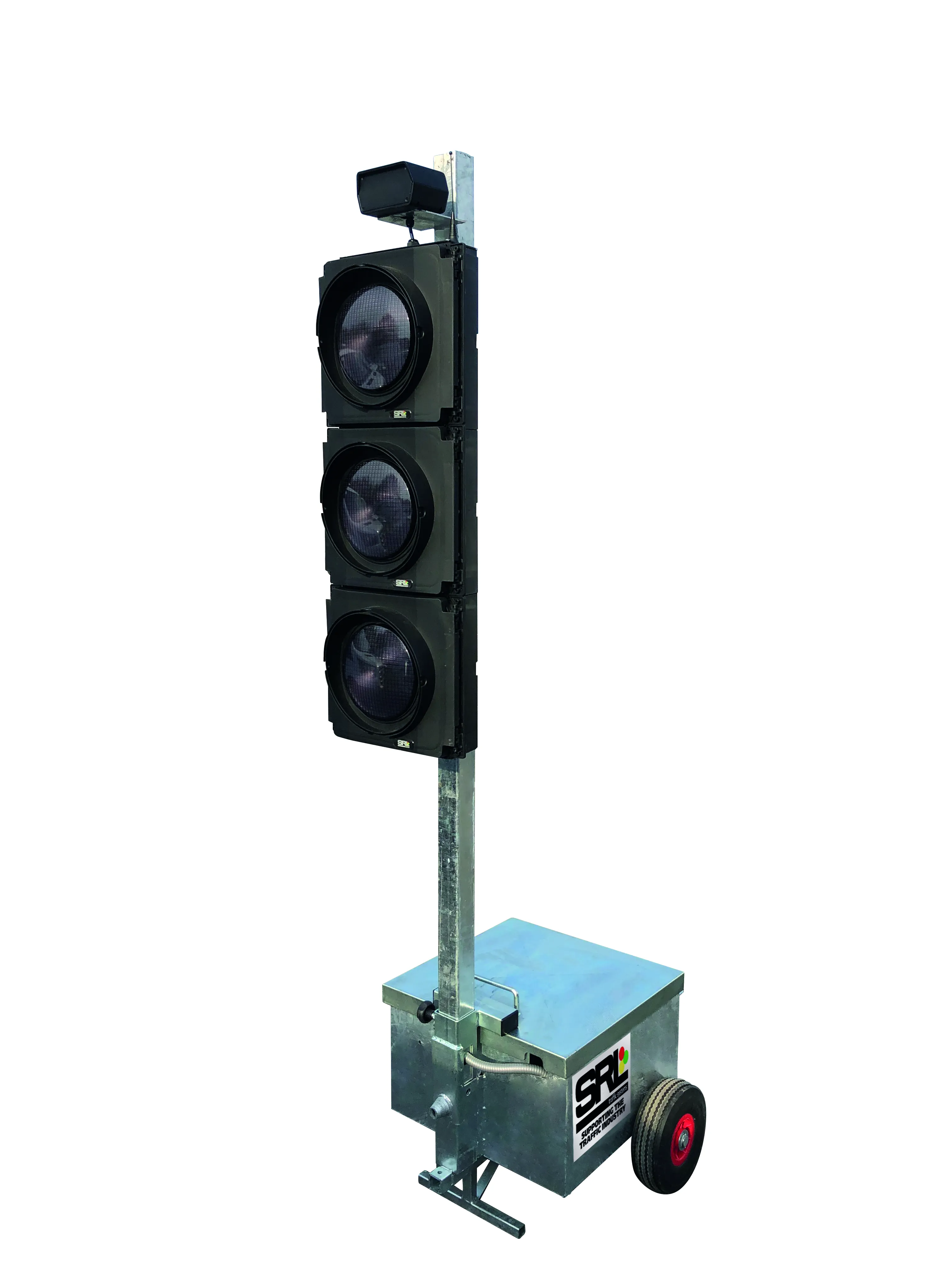
In late 2015
The MC5620 gives access to cyclist metrics like volume and speed with the ability to filter the data by time, direction, class and a host of other variables. Through engagement with bike data, planners and engineers gain broad oversight of cycling participation, along with specific details like peak commuter flows and localised speed issues.
The MC5620 joins MetroCount’s established MC5720 permanent bike monitoring device to provide a temporary solution to monitoring bikes across road networks. Applications include event monitoring, site canvasing for permanent installations, monitoring school zones and a host of other seasonal applications.










